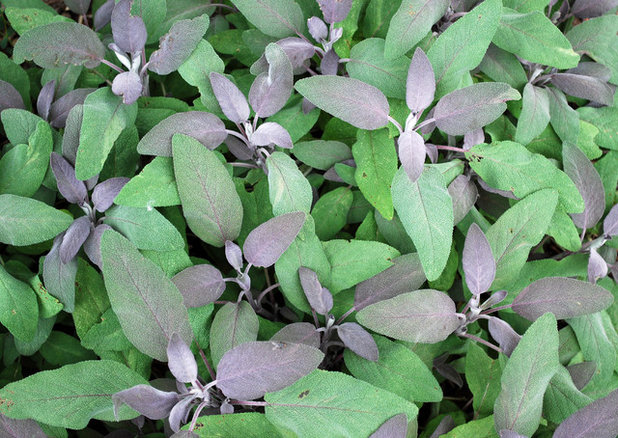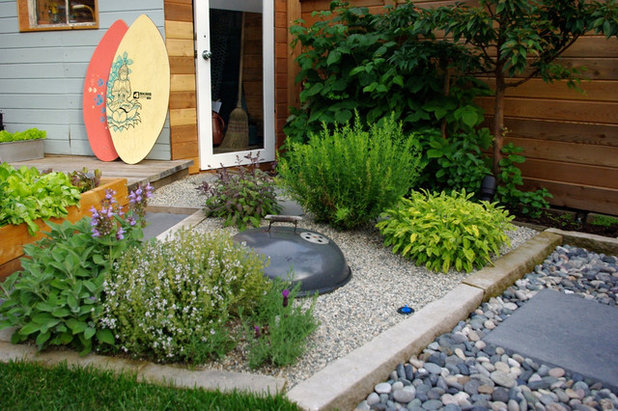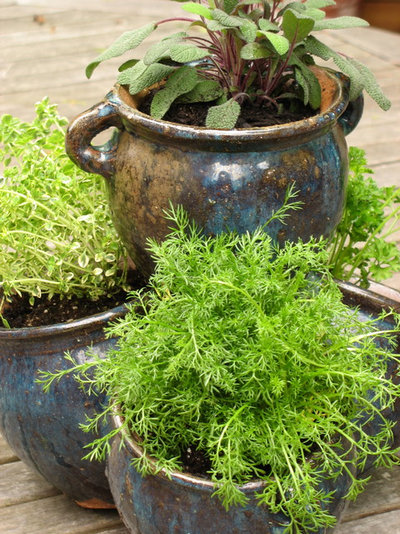There are hundreds of sages out there that can add color and punch to your landscape. Some are strictly ornamental; others are also used for everything from scenting perfumes and soaps to repelling moths and eliminating cooking odors.
For the herb gardener and cook, common sage (
Salvia officinalis) is probably the best choice. Fortunately, this easy-to-grow plant is now available in a number of varieties.
Pineapple sage (
S. rutilans,
S. elegans) and fruit-scented sage (
S. dorisiana) are colorful and edible choices for very warm-weather climates. Be careful not to confuse pineapple sage, with its bright red flowers, with the readily available scarlet sage (
S. splendens).
Caution: Not all sages are edible, and some can cause nasty side effects, so check the species before you consume any.

Jocelyn H. Chilvers
Light requirement: Full sun; partial shade in hot climates
Water requirement: Little once established
Prime growing season: Spring through fall
When to plant: Spring; can plant in fall in warm-winter climates
Favorites: Aurea, Berggarten (Mountain Garden), common, Icterina, Italian Aromatic, Purpurea, Tricolor

Aloe Designs
Planting and care: Choose a sunny site with good air circulation and excellent drainage; amend the soil as needed to provide this. You can start from seed, but seedlings and nursery plants are generally more reliable. Set them 2 to 3 feet apart with the crown just above the soil.

Le jardinet
If you're growing sage in a container, choose a pot that is at least 12 inches wide and 8 inches deep. Water regularly until established, then water just as needed. A deep watering once a month may be all it needs. Apply a complete fertilizer each spring. In cold-winter climates, bring plants indoors to overwinter. Sage is susceptible to fungal diseases such as mildew and can develop root rot in wet soil.
Like many other herbs, sage can get rangy. To keep it in check, prune back to just above the new growth in the spring. You may need to replace the plants every few years.
Harvest: Pick off leaves and flowers as needed. Harvest lightly the first year to encourage growth. Don’t do a large harvest fewer than two months before the first anticipated frost date in fall, to prevent damaging new growth. Dry the leaves for longer storage. Drying also intensifies the flavor.
More: See how to grow more culinary herbs





